The industry’s reputation doesn’t match reality, but the future is bright

Dark, dirty, dangerous. That’s still what most people think manufacturing is. That’s in many ways because the industry hasn’t done a good enough job of marketing itself, says Karla Trotman. She’s the CEO of Electro Soft and author of “Dark, Dirty, Dangerous: Building the Vibrant Future of Manufacturing,” and has made it her mission to change the narrative around the industry to highlight its innovative aspects and economic importance.
Spreading the Word

People “think about sparks flying, there’s soot all over your face. That’s how it’s been sensationalized since the Industrial Revolution,” Trotman said.
But when you consider that manufacturing is the act of taking something from its original state and making it into something else, the definition expands.

Karla Trotman
“The work that we do in hardware technologies, we’re in a quiet atmosphere. I think the loudest thing is the compressed air that we’re blowing across circuit boards. People wear electrostatic discharge jackets, and they listen to their music, and they are quietly figuring out how to put together complicated electronic assemblies.”
Preaching the gospel of manufacturing in schools can help change the stigma. Online marketing that shows what the real processes are and showcases first-person accounts from manufacturing workers has put the industry in a new light. That’s a new direction for manufacturing, which has traditionally been very insular and reticent to talk about itself.
Trotman said interest has been building among young people interested in a manufacturing career out of high school.
 “Now they’re able to see and really change their mind and expand the definition of what manufacturing is, and that’s why parents are more inclined to say yes when their students, their young people, are thinking about the career because they can look online and see what it really entails.”
“Now they’re able to see and really change their mind and expand the definition of what manufacturing is, and that’s why parents are more inclined to say yes when their students, their young people, are thinking about the career because they can look online and see what it really entails.”
Because of evangelization, the students can see enticing career pathways for themselves in manufacturing rather than it being a fallback plan. With reshoring and government investment, “that’s causing a new renaissance of manufacturing here stateside.”
Funding the Renaissance
After decades of offshoring, trying to bring everything at once does present challenges. Companies are searching for partners that can handle the volume they’re looking to produce domestically, and manufacturers have to decide where to invest. More automation? More people? Systems integration?
Thanks to bills like the Inflation Reduction Act and CHIPS and Science Act, there’s plenty of government funding for manufacturing startups and for larger companies but not so much for established manufacturers looking to reshore, and SMEs.
“Policies have to be supportive of manufacturers and recognize that for the small and mid-sized ones, the larger companies that we do business with are increasing terms, so it’s making cash flow a little tighter,” Trotman said. “So how do we then increase cash flow to small and midsize businesses or make credit available and affordable so that we can meet those needs as we continue to grow?”
One area where there is money is training, but manufacturers will need an infusion of cash to build up their businesses to be in a position to secure contracts that will provide long-term employment for those trainees. Manufacturers being able to pay people while they’re training and pay for certifications will go a long way to securing the future of the industry.
“We want people to be experienced in electronics because the more experienced you are, the more complicated jobs we can take on and meet the needs of other customers, specifically in military and other high-tech hardware solutions.
“So we put the keys in their hand. We have a stair-step model that allows people to control their skillset and the amount of money that they make based on the skills that they acquire while working here, so they can go from entry-level all the way up to management.”
Building the Future

Trotman is a co-chair of the Southeast Pennsylvania Manufacturing Alliance, which contracted with Drexel University’s Solutions Institute on a study of the labor shortage in manufacturing. What they found was that to fulfill demand and staff the future, manufacturers will need to rely on women, people of color, and immigrants.
“That gives me a lot of great promise to what the future is going to look like, how diverse it will be, and potentially a lot of a change in the ownership and management structure,” she said.
When her parents started Electro Soft nearly 38 years ago, there weren’t many other Black owners of manufacturing companies.
“I’ve yet to meet one myself,” Trotman said.
Offering training and reaching out to young people will help build that diverse future.
“We always say, ‘If you can see it, you can be it,’” she said, so seeing diversity in management and ownership will inspire others to seek manufacturing out as a career path. “It’s very doable to have an amazing career, even without going to college by going through training and working the field of manufacturing.”
Trotman has heard many times that she changed someone’s mind about manufacturing. To shed old stereotypes, the industry needs to keep spreading the word about its vibrant future.
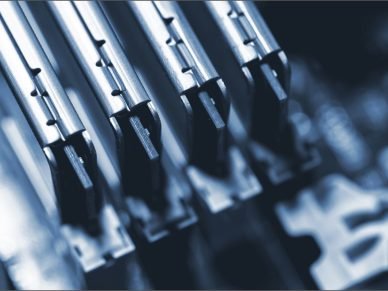

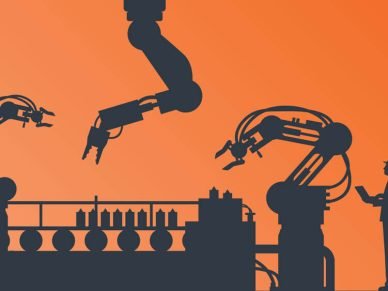
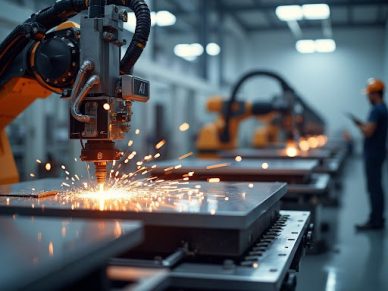
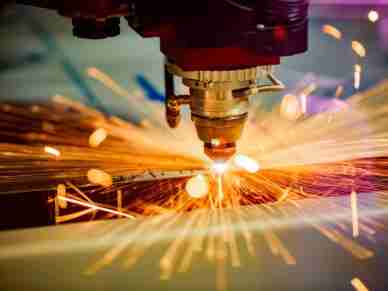
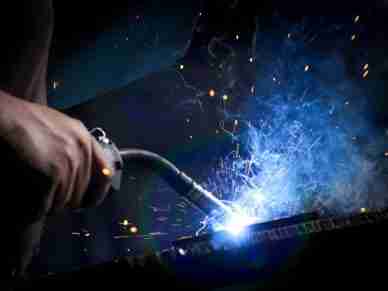
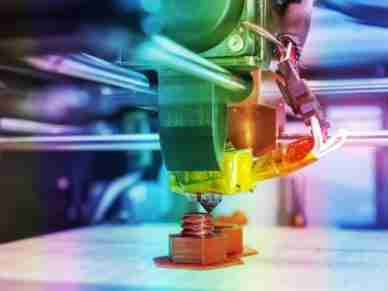

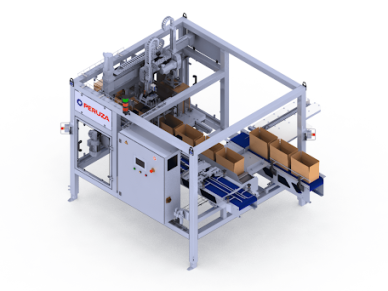






Leave a Reply